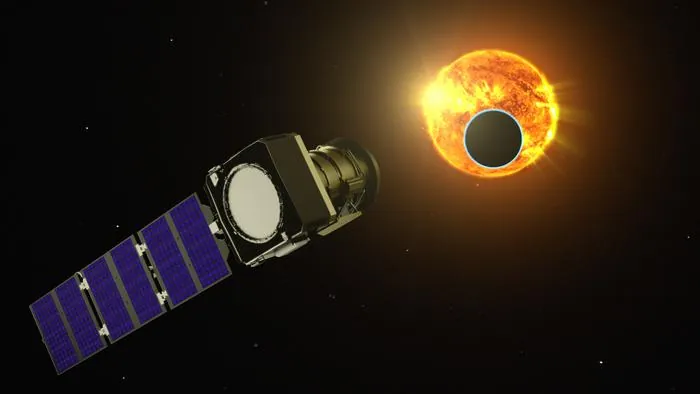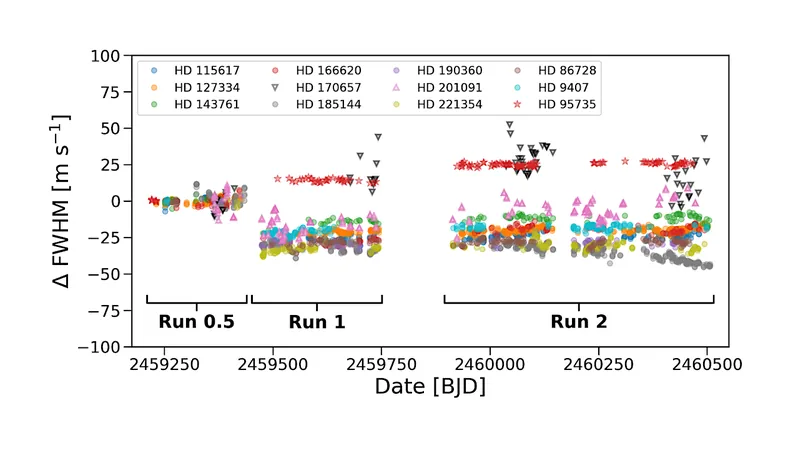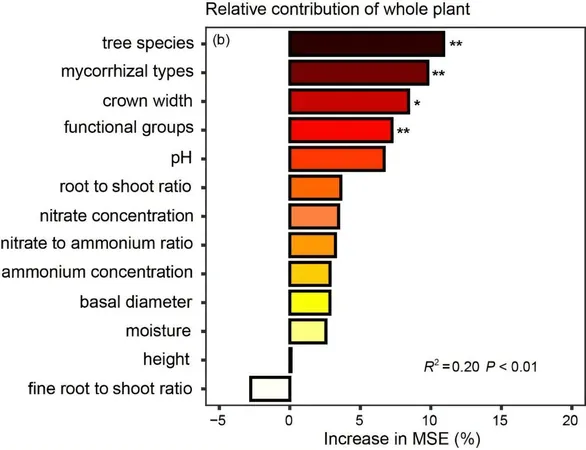
NASA's Pandora Mission: A Game-Changer in the Search for Life on Exoplanets!
2025-01-21
Author: Wei Ling
Are we alone in the universe? This tantalizing question has fascinated scientists since the discovery of the first exoplanet in the mid-1990s. Now, NASA is gearing up to tackle this enigma head-on with its groundbreaking Pandora mission, set to launch in late 2025.
Recently, engineers reached a pivotal milestone by completing the assembly of the spacecraft bus, which houses the essential systems vital for Pandora’s operation, including power and navigation. Dr. Elisa Quintana, the principal investigator at NASA's Goddard Space Flight Center, emphasized the significance of this achievement. “This is a huge milestone for us and keeps us on track for a launch in the fall,” she stated. The mission operations will be conducted from the University of Arizona Space Institute, marking a collaboration between multiple institutions for optimal results.
Pandora’s main objective is nothing short of revolutionary: to investigate the atmospheres of 20 confirmed exoplanets within a year-long operational phase. This analysis will occur when exoplanets transit in front of their stars, allowing Pandora to capture and study the light filtering through these distant atmospheres. This will enable scientists to search for critical indicators of life, such as the presence of water, clouds, and hazes.
Artist renditions of NASA’s Pandora mission showcase its innovative technology and design, aiming to gather data that previously required more extensive and expensive missions. While not as large or sensitive as the renowned James Webb Space Telescope, which had a staggering budget of around $10 billion, Pandora is designed to be a cost-effective alternative, with an estimated cost of just $20 million. This lightweight spacecraft, or "SmallSat," embodies NASA's shift toward more accessible space exploration.
Dr. Daniel Apai, a co-investigator and astronomy professor at the University of Arizona, pointed out that while Pandora may be smaller, it brings its own strengths: “Although smaller and less sensitive than Webb, Pandora will be able to stare longer at the host stars of extrasolar planets, allowing for deeper study.” This prolonged focus will enhance understanding of both these stars and their planetary companions, ultimately paving the way for clearer insights alongside data from the James Webb Space Telescope.
The possibilities of what Pandora might uncover over the coming years are thrilling. This mission not only aims to deepen our understanding of the cosmos but may also be the key to answering the age-old question: is there life beyond Earth? As we count down to launch, excitement builds in the scientific community and beyond.
Stay tuned for updates on NASA's Pandora mission, and remember: keep looking up! The universe is vast, and our quest for knowledge is only just beginning!






 Brasil (PT)
Brasil (PT)
 Canada (EN)
Canada (EN)
 Chile (ES)
Chile (ES)
 Česko (CS)
Česko (CS)
 대한민국 (KO)
대한민국 (KO)
 España (ES)
España (ES)
 France (FR)
France (FR)
 Hong Kong (EN)
Hong Kong (EN)
 Italia (IT)
Italia (IT)
 日本 (JA)
日本 (JA)
 Magyarország (HU)
Magyarország (HU)
 Norge (NO)
Norge (NO)
 Polska (PL)
Polska (PL)
 Schweiz (DE)
Schweiz (DE)
 Singapore (EN)
Singapore (EN)
 Sverige (SV)
Sverige (SV)
 Suomi (FI)
Suomi (FI)
 Türkiye (TR)
Türkiye (TR)
 الإمارات العربية المتحدة (AR)
الإمارات العربية المتحدة (AR)